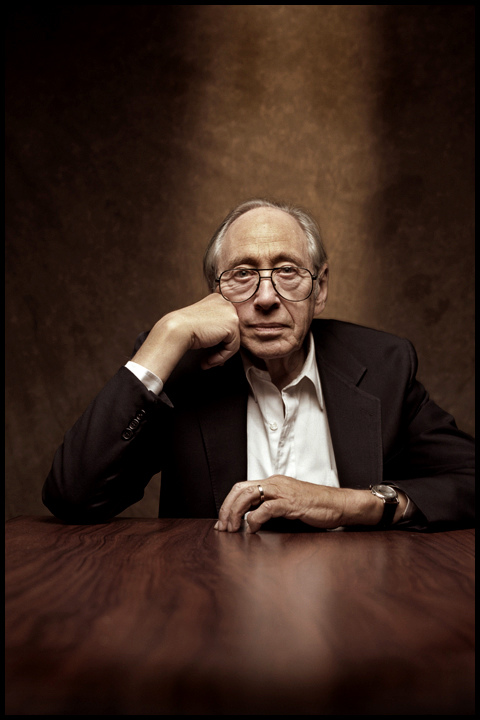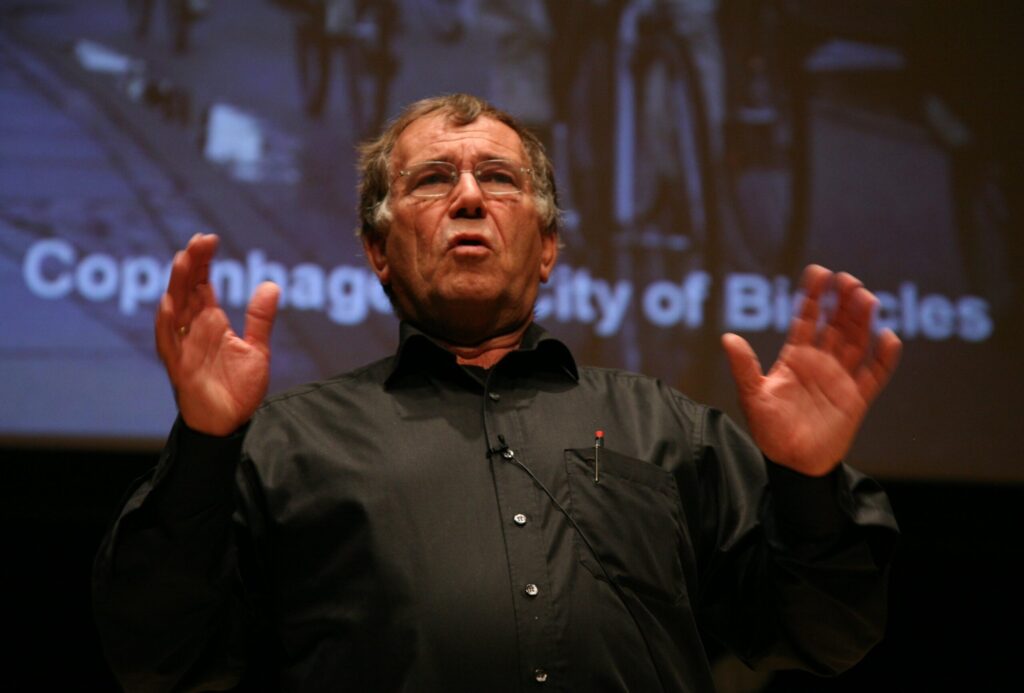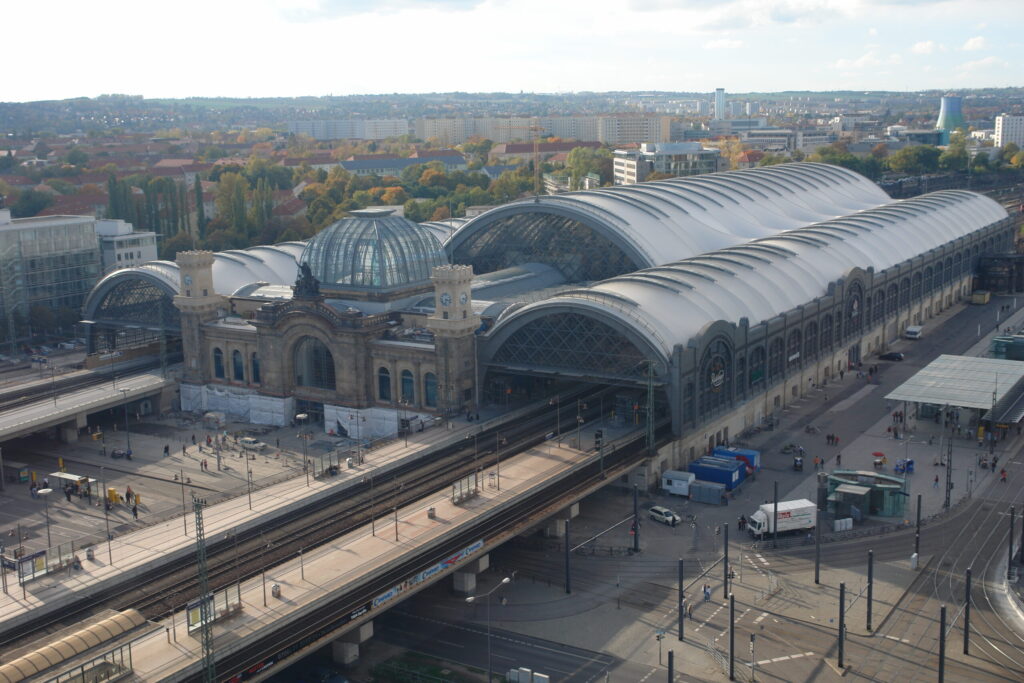For our October 2023 meeting, we had an interesting and challenging presentation from CovSoc member and Architect John Prevc on the subject “The Art of Slow”.

John told us that we are increasingly living our lives at an unsustainable pace. We are expected to be in parallel digital places holding multiple conversations about things that are wholly unconnected. This is a condition we are unfamiliar with but has become the norm and is challenging our mental and physical wellbeing, resulting in a type of societal disorientation.
John believes that life’s digital acceleration needs a counterpoint in the buildings and spaces we occupy. An urbanism and architecture that focuses on the essence of human enclosure that puts the universal human condition ahead of a manufactured ego centric placemaking philosophy. We need to slow down!
John was first made aware of the potential impact of accelerated change in the late 1970’s when his headmaster suggested that he read Alvin Toffler’s book ‘Future Shock’. Toffler explained that change was not a constant but rather an accelerating process. In his prophetic book Toffler described ‘Future Shock’ as ‘…the shattering stress and disorientation that we induce in individuals by subjecting them to too much change in too short a time.’ Before the invention of the mobile phone and personal computer he understood how accelerated living would challenge people’s ability to adapt to what has now become a series of multi-layered social networks.

Political intolerance and the ‘Big Brother’ society have become embedded narratives. Our current challenges with dictatorial popularist nationalist leaderships and the ‘me first’ societies illustrate how we may already be heading towards this harsher societal landscape.
We may have sadly inherited an architecture which is too loud, too bright, too aggressive, and just too much.
We need to recalibrate, to find an antidote to the spotlight. We need a calmer, quieter, and better considered way for people to express their lives. John stressed that he is not calling for life of monastic introversion or to revert to some perceived past utopia. Instead, we need to find a more sustainable future, one where life is BALANCED.
But there are voices of hope. In 1995 Milan Kundera published a short book titled ‘Slowness’. Through several plot lines, Kundera touches upon the themes of modernity, technology, memory, and sensuality. He considers the effects of modernity upon people’s perception of the world by linking slowness with the act of remembering, and speed to the act of forgetting. When one wants to savour, remember, or prolong a moment, one moves and acts slowly. On the other hand, one travels fast to forget an experience. Kundera further suggests that speed creates vulgarity as beauty can only be produced with due consideration. He believes that speed and failure are closely associated, and that serious consideration requires slowness while speed encourages rash decision making.
John spoke about how our senses collaborate to determine our state of mind and therefore the importance of sound and art have on the pace of the life we lead. Cities can be made less stressful by making them slower, to be more considered and to be more thoughtful.
Cities and Communities
John told us that he had the great privilege of collaborating with the Danish architect and urbanist Jan Gehl and his team on several urban projects. Gehl follows on in the great tradition of Kevin A Lynch and Jane Jacobs, calling for cities to be better occupied by their communities and encouraging life at a more conversational pace. “It was he who I first heard say that there was a need for cities to slow down, and by so doing, impacting more positively on people’s behaviour.” Jan is a promoter of cities’ where people are invited to pause, talk to each other, and feel safe in. He places the pedestrian first, encouraging social and commercial exchange and promotes the use of green and blue environments. The impact on health and wellbeing is obvious.


We need to remember that ‘Nature is our actual client’. Landscape architects and gardeners understand the speed at which environments change. They are obliged to work at its pace. Change is gradual, it has a rhythm defined by our distance from the sun, our relationship with the moon, axial tilt and the work of gravity. This gradual change is a source of enormous pleasure to those who plant and care for their landscapes improving both their physical and mental wellbeing. The investment is intergenerational as it links us with both our past and future. Waiting for change allows us to experience slow time as well as rooting us to place and community.
It takes time to build communities. Their engagement in the process of placemaking requires patience and a commitment to listen and an agreement to then act upon what is discussed. John spent many years listening to the communities at the Elephant and Castle building trust and delivering change based on our discussions. One of the most significant results was the saving of over one hundred mature trees, a hidden urban forest in fact, at the heart of the former Heygate Estate. This not only resulted in social and environmental benefit but added to the economic value of the development. A mature ‘tree scape’ was an environment worth saving.
John asked how can architects and urbanists better democratise space and give people the chance to have their say? The most sustainable places are ones in which communities have invested their own personalities and have an emotional ownership in. We need to empower people so that they can inform their environments and curate their own experiences. Places need to be left unfinished offering communities the opportunity to take control. We need to leave time for people to make decisions for themselves and change their environment as they see fit. Organic, democratic change ensures that places remain relevant.
Architecture
John does not believe that architecture, or indeed any product, can in some way remain timeless. Products, including buildings, are defined by the 4-dimensional place in which they are conceived. They are restricted by their unique context, the most significant of which is time.
Buildings such as The German Pavilion by Mies Van de Rohe, designed for the World Expo in Barcelona of 1923, may have a timeless quality, but even this epic structure fails to conquer time. Technology will always give buildings away. Innovation is not timeless. The pavilion does however demand our respect, it encourages us to navigate its spaces slowly, to take our time exploring its qualities. It very much echoes Milan Kundera’s position that quality, memory and time are interrelated resulting in a positive experience. Slow time is happy time.
Slow changes in the rhythm of a building perhaps through its structure or the way in which spaces connect with each other encourage us to navigate them more thoughtfully. John worked with Norman Foster on the redesign of Dresden Railway Station. A space with enormous grandeur as well as utility. Its three-arched roof developed a rhythm which we wanted to celebrate.


“Norman asked whether we could ‘wrap’ the roof. Memories of Cristo came to my mind as he had not long before wrapped the Reichstag. Our answer was to cover the roof with PTFE, a translucent membrane which silhouetted the roof structure from the inside during the day and from the outside at night.” The calm and rhythmic nature of the historic structure is therefore respected and enhanced. History and technology working together. People are often seen pausing and looking up, slowing down to reflect on the space they’re occupying. This never happened before.
The choice of materials will contribute enormously to architectural quality and the longevity of the building. There is an appreciation that natural materials used in their most essential form will last longer, will be easier to maintain and can be simply recycled. It seems that the time it has taken for these materials to ‘be’, in this case grow, plays a part in the positivity felt towards them. For a tree to grow and a rock to form a great deal of time has been invested. Their effort demands our respect.
John ended by saying “I hope that we as part of the built environment community, can reflect on the challenges we face. Having only touched the surface of what has become a more politicised position, it seems to me that society has already registered the need to re-evaluate how it uses time. We need to change our approach to both the thought and production processes. Processes which are well managed and collaborative using the most appropriate tools will produce a finer and richer city. Using time as a value generator, a friend rather than an enemy, can only be positive. It may not be about ‘fast’ or ‘slow’, but more about finding a balance, finding a pace at which we can all lead happier and healthier lives.”
